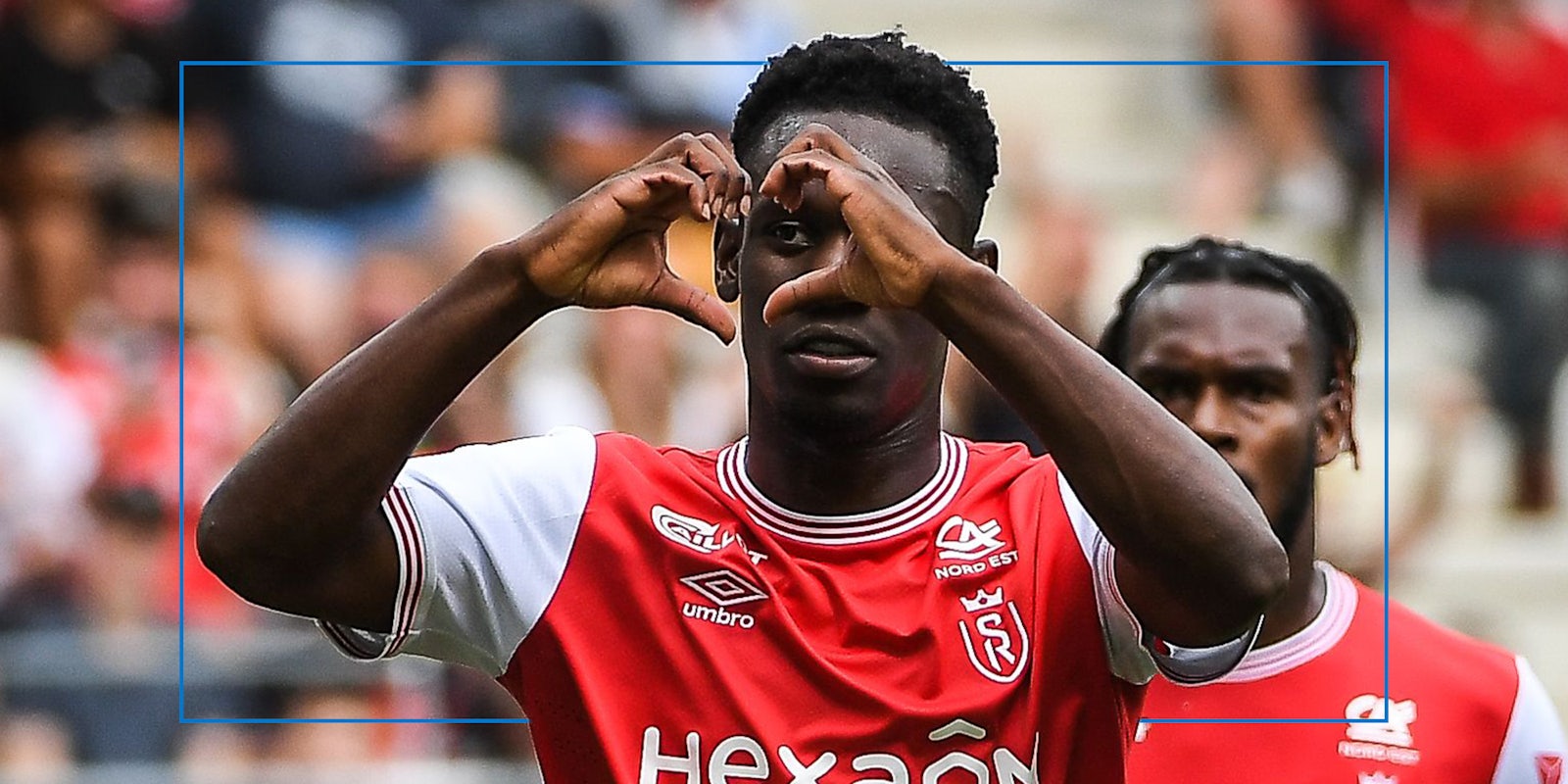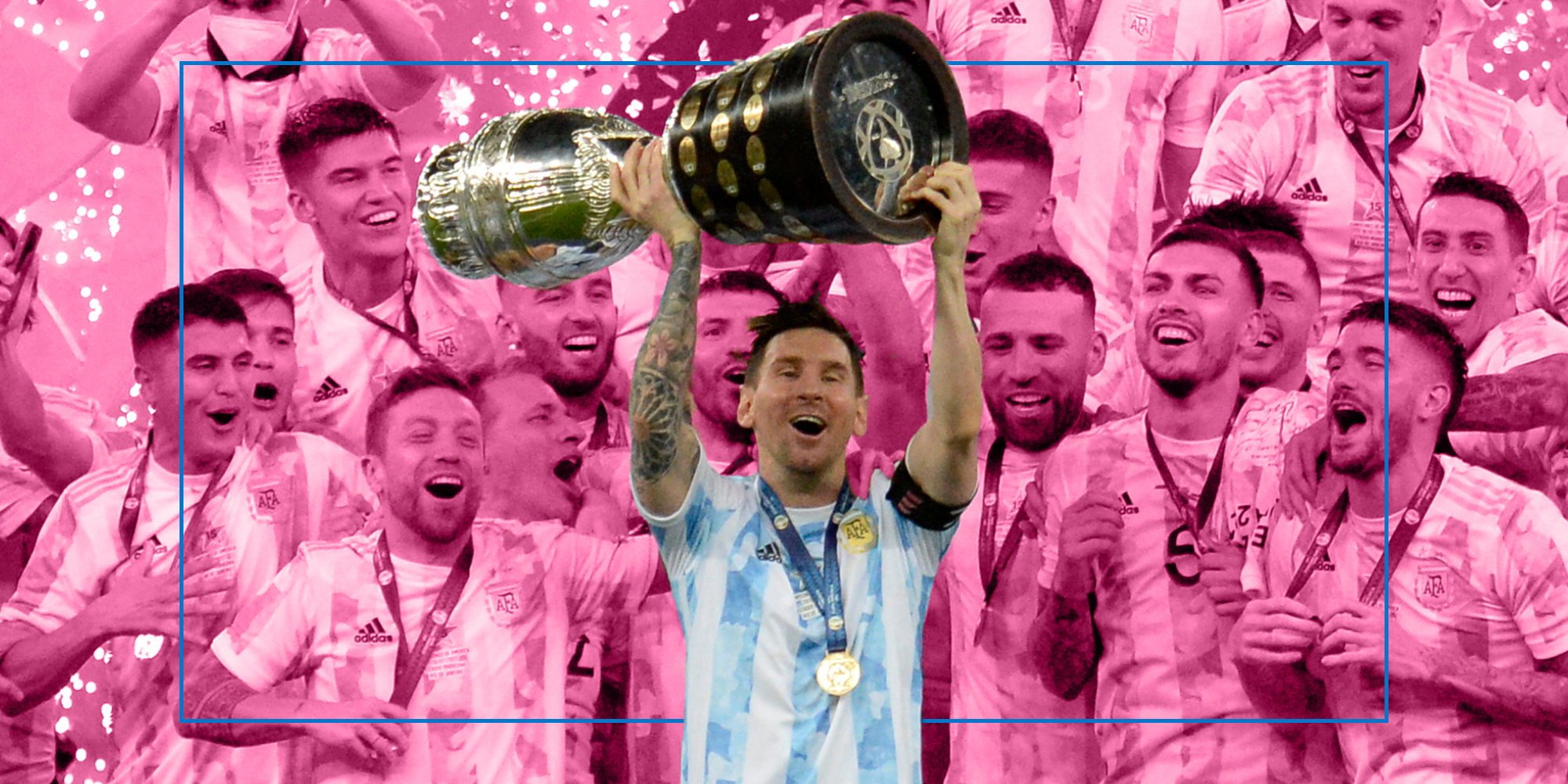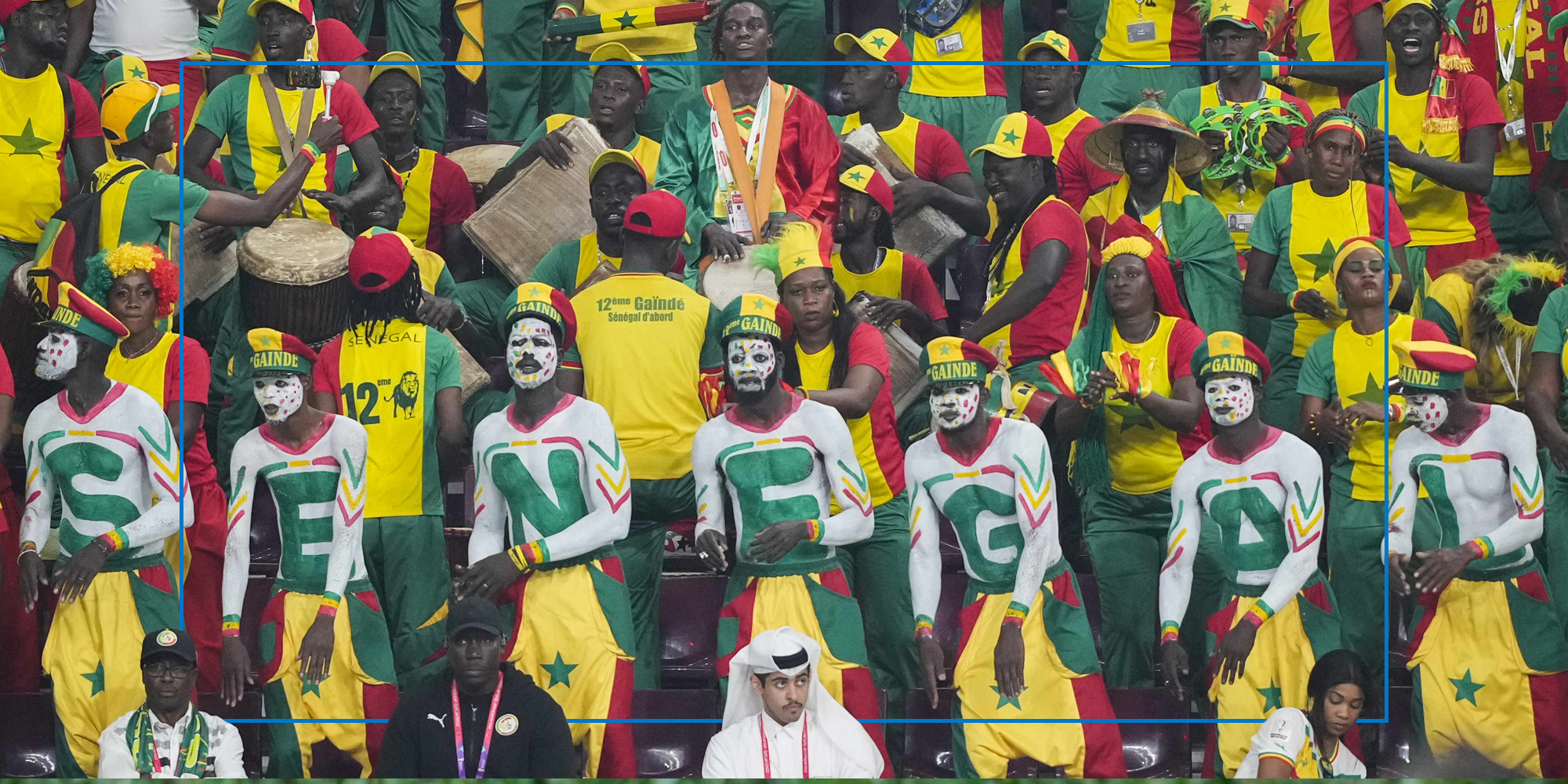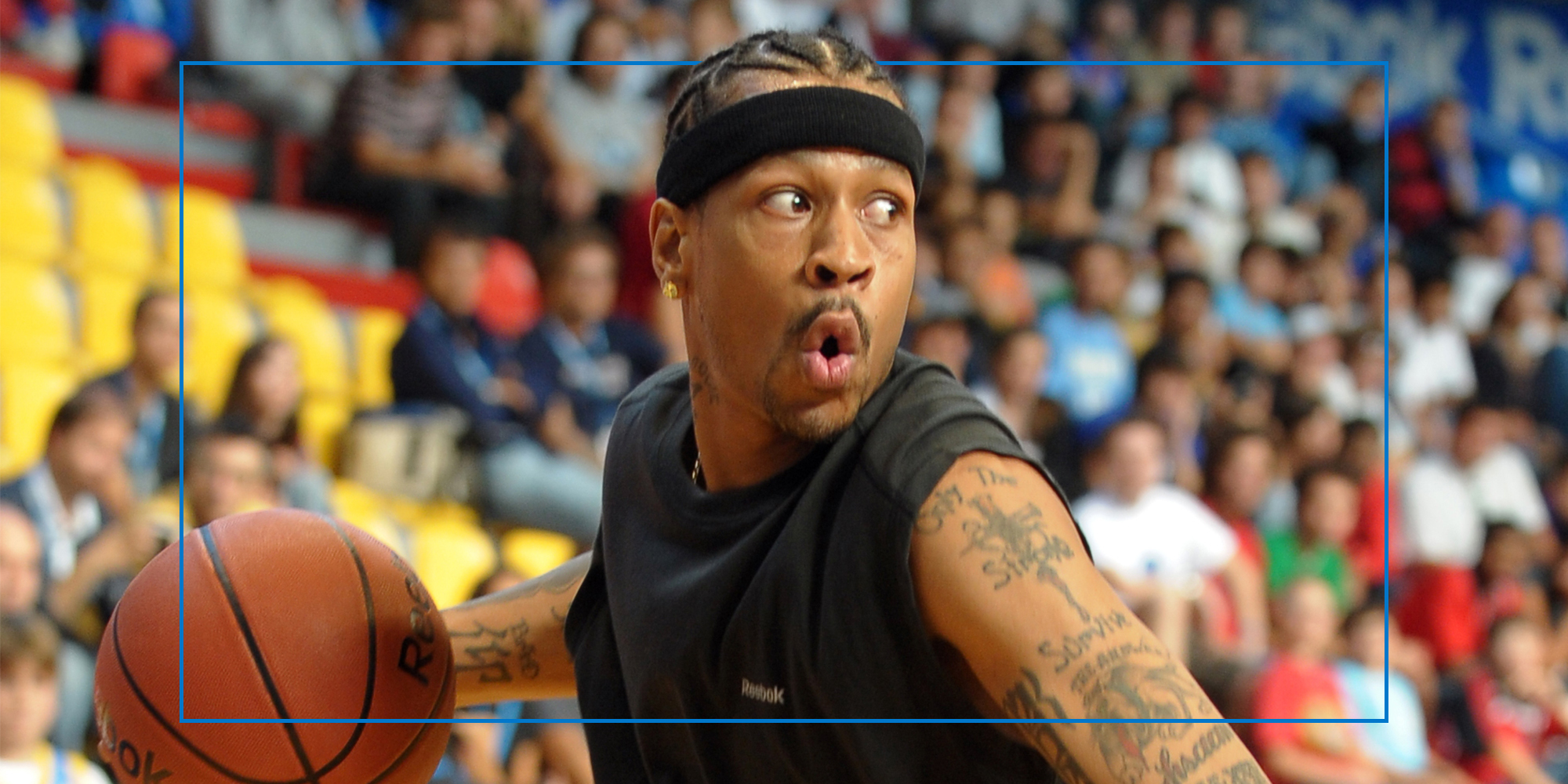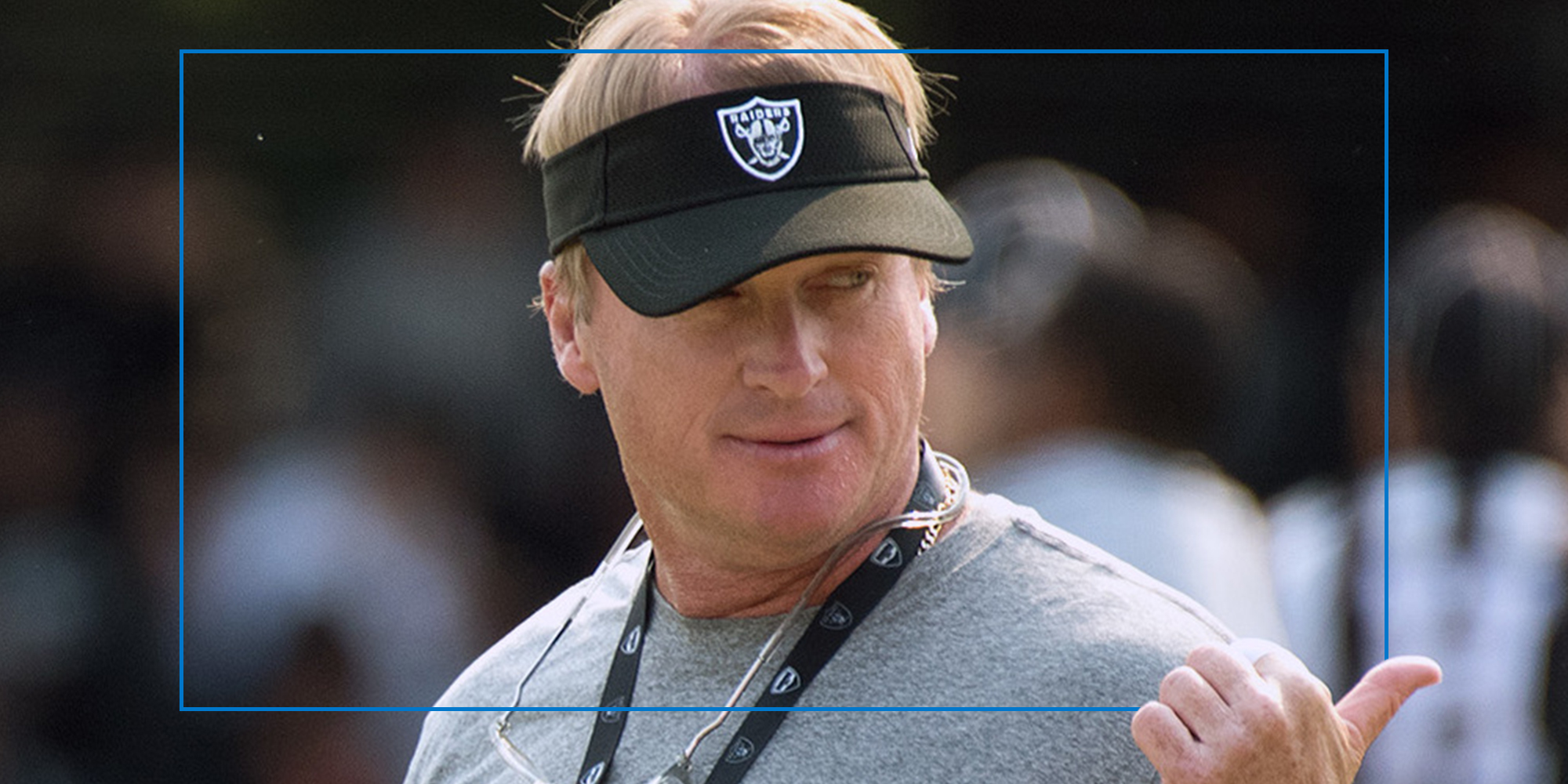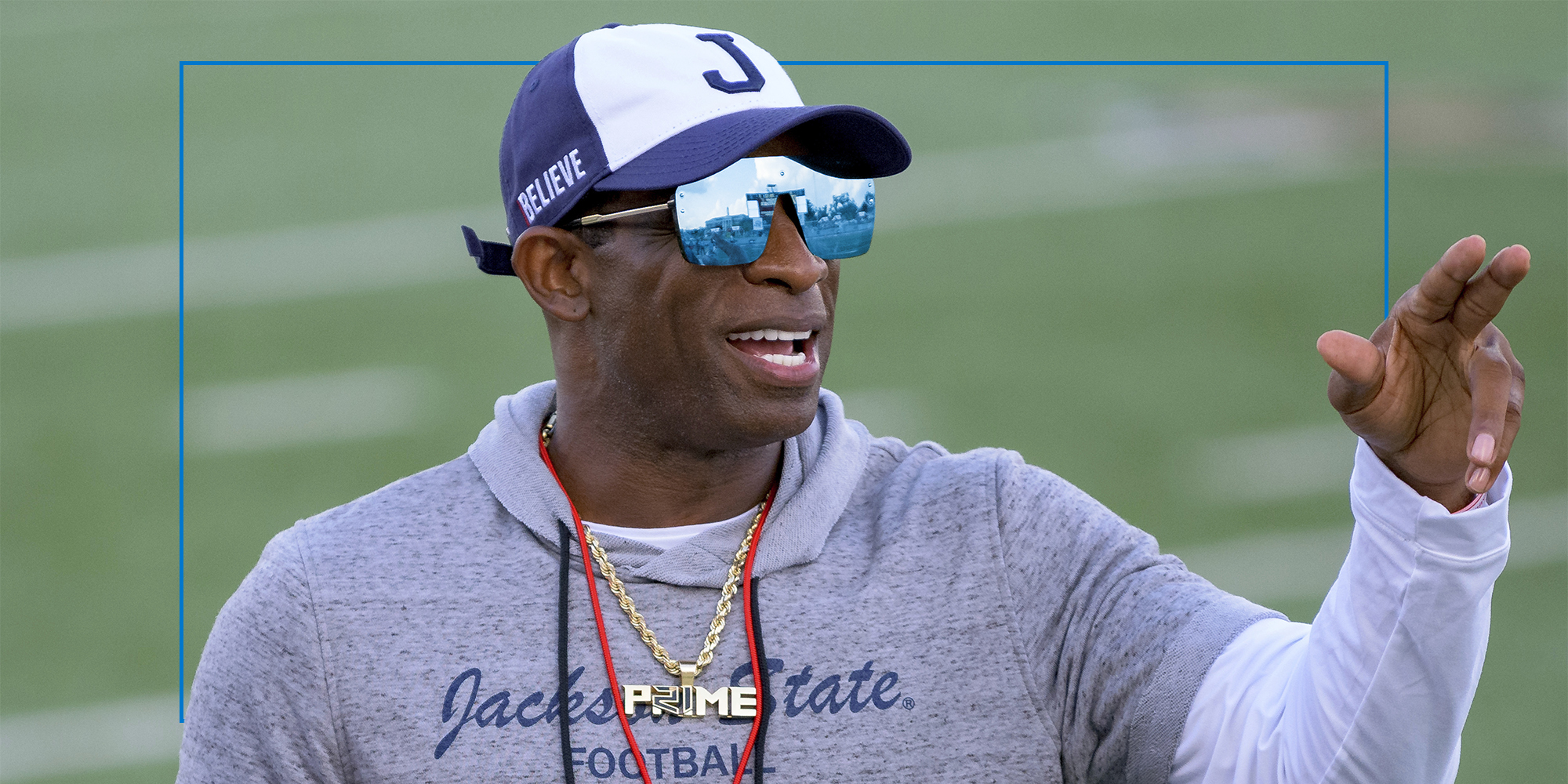Folarin Balogun was born in Brooklyn on July 3, 2001, to Nigerian parents and raised in London, which made him eligible to play soccer internationally for all three nations. Given that he played in the England youth national team setup since he was a teenager, especially after a breakout season on loan with Stade Reims in Ligue 1 that concluded last month, it seemed he was destined to eventually commit to the team nicknamed the Three Lions – currently ranked fifth in the world.
He did have a brief stint with the U.S. youth national team at the under-18 (U18) level, but observers throughout the soccer community thought that if he ended up playing in the World Cup — a very real possibility given his talent and development – that it would be for England.
But in March, the 21-year-old showed up to visit a U.S. men’s national team camp in Orlando — a visit first sleuthed out by members of an online community known colloquially as “soccer Twitter,” deducing he was on American soil based on the background of a photo Balogun put up on Instagram.
And three months later, Balogun completed a surprising narrative arc in his still-developing soccer story by making his official debut for the United States — in a contentious Concacaf Nations League semifinal this past Thursday, with the Yanks getting a 3-0 win over its bitter rivals from Mexico. Famed soccer commentator Taylor Twellman, commenting on Cesar Montes’ foul on Balogun that led to Montes’ red card ejection, observed, “the reaction to this tackle tells me Balogun is already part of the team.”
Balogun is a welcome sight for U.S. soccer fans, playing a striker position the team’s found challenging to definitively fill since National Soccer Hall of Fame member Clint Dempsey retired from the national team in 2017. U.S. head coach Gregg Berhalter took Jesus Ferreira, Josh Sargent, and Haji Wright to Qatar for the 2022 World Cup, yet none of them cemented their place in the squad as the prime go-to goal scorer.
Ricardo Pepi, arguably the biggest snub on the World Cup roster and still just 20 years old, has since had an exceptional season in the Dutch Eredivisie, scoring 12 goals for the worst team in the league and moving himself back into national team consideration. (Incidentally, he scored within minutes of being subbed into Thursday’s match to further extend El Tri’s woes.)
Yet Balogun could be special. He’s coming off a season where he scored 21 goals in France’s Ligue 1, good for fourth-highest in what’s considered the fifth-best pro soccer league in the world — bested only by Kylian Mbappe, who led France to a remarkable comeback in the 2022 World Cup final that just fell short, Jonathan David, one of two top established strikers for a dramatically improved Canadian team that made its first World Cup in 36 years, and Alexandre Lacazette, a former French international striker who played for top English club Arsenal before moving to Lyon.
The USMNT could have its inked-into-the-lineup striker for the foreseeable future — including the 2026 World Cup the U.S. will host in partnership with Mexico and Canada.
But perhaps even more interesting than Balogun’s decision to play for the U.S. was the saga that led up to it. In a notable shift from the normal way this news breaks, the alternative media in USMNT Twitter circles — made up of fans and DIY journalists learning on the fly — were not only arguably responsible for Balogun’s commitment to the team but also led in breaking news up until the finish line.
Spamming American flags
The true saga around Balogun’s commitment began months before he even set foot in Orlando. USMNT Twitter includes users who track the development of any eligible youth player, even if they are also eligible for more successful footballing nations such as England, whereas the more traditional and established American soccer media ecosystem tends more realistic in the potential commits it chooses to follow. While many de facto recruiting battles involve players choosing between the U.S. and Mexico — Pepi was notably one of those players, hailing from El Paso and developing in FC Dallas’s touted academy.
Yunus Musah, instrumental in Thursday’s win and representing the U.S. in the most recent World Cup, was also eligible for England, Italy, and Ghana before committing to the Yanks.
It’s no surprise that fans have been tracking Balogun for years, dating back at least to his August 2018 appearances with the USYNT. As Balogun scored goal after goal in his breakout season in France, with more traditional soccer media outlets taking notice, USMNT fans began “spamming” American flags under all of his social media posts. Twitter, Instagram, it didn’t matter — USMNT fans were there to spam flags. This was also a tactic used to show Musah the love the USMNT fanbase has for their players and potential players.
Whereas many English fans assume dual-nationals like Musah and Balogun will be eager to play for the “better” national team in England, spamming flag emojis is a way American fans differentiate themselves from Three Lions supporters. It was a social media trend that many didn’t think would have a big impact on any one player’s decision … until it did.
In March, Balogun reported to national team duty for England with the U-21s. But then, England’s camp reported Balogun had withdrawn from training with a supposed injury. Fans speculated about the legitimacy of the injury, wondering whether he was injured or looking to switch allegiances?
‘A creepy but brilliant investigation’
Edgar Moreno, with independent media outlet Area Sports Network and host of the “First Touch Space,” a popular forum for fans on Twitter Spaces to discuss USMNT news and opinions in real-time. Area Sports Network is an independent media organization with a staff consisting mostly of intern-level writers who have ambitions of breaking into traditional soccer media. A report like Moreno’s, if it pans out as true, can go a long way to creating a reputation and gaining credibility.
“For me, [my report] was big because I think it was something no one was expecting,” Moreno told me. “No media knew or anything, so it was definitely big for me to be the first to say it.”
Of course, Moreno was still vague in his report, guarding the identity of his sources — and then the rumor was confirmed through USMNT Twitter, with online sleuths getting wind of a Balogun Instagram post and detecting part of a sign in an Orlando pub in the background. Soon after the initial post, other fans weighed in, deciphering photos to conclude Balogun was in Central Florida.
“To be fair, I showed my agent before I posted it to say if it was okay,” Balogun joked about the telltale IG post during his first USMNT camp this June, “From the picture, I couldn’t make out that I was in America so when the comments started coming in that I was here I was just kind of surprised, to be honest, and kind of overwhelmed.”
The next day, with nothing “officially” confirmed, Balogun posted again, this time from a training field accompanied by a few Instagram stories, which added a bit of context. USMNT Twitter member Tim Chase was all over it, finding the training field in Orlando, traveling there himself, and sending out the report. Though not traditional media members, Chase and others like him were key contributors to the reporting of the Balogun saga.
“It was really exciting for me to be on the ground and behind the scenes of the biggest ‘commitment saga’ that US soccer has ever seen,” Chase shared. “Fans want to be more informed and it was rewarding to [be] able to contribute to that in some capacity.”
Two hours after Chase’s report, more traditional soccer media followed lead in the form of Tom Bogert, one of the current standard bearers for traditional American soccer media, now with The Athletic but then in MLS’s employ for its MLSSoccer.com site. Still, Bogert remained somewhat noncommittal; he reported “hearing more and more smoke for Folarin Balogun to USMNT” — smoke visible on Twitter from increasingly hopeful fans.
Bogert ended up reporting the official switch a few hours before the official announcement came from Balogun himself, after he’d moved to The Athletic, with FIFA confirming the news to a respected member of a New York Times-affiliated international sports publication.
“For the USMNT community. I think everything was a little crazy because they found out where he took a photo at, where he was at, and even the grass that he was training at.” Moreno summed up the drama of it all. “Definitely a big moment for the USMNT fan base to do such a creepy but brilliant investigation towards it.”
Still, the recognition of USMNT Twitter’s impact did not end there. In his first USMNT media availability, Balogun commented on the influence USMNT fans had by reporting his whereabouts and spamming American flags on his social media.
“I think that’s when I really saw the full force of the U.S. fans,” Balogun recalled. “I was there and I just posted a photo with my friends thinking that it was just a holiday picture. Before I knew it, I just saw loads of comments and people knew I was in America, and I just really felt the love from there.”
It was remarkable enough for Men In Blazers — which carved out a place in mainstream American soccer media after building a podcast and Twitter following — to tout the online fan contributions, declaring, “Have One, American Soccer Twitter.”
If not for the work of these fans, who knows where Balogun would be? (Very possibly England.)
‘Get people talking about it’
While traditional media remains vital to the American soccer landscape, USMNT Twitter’s contributions to the Balogun saga invites further conversation about the role fans and alternative media can and should play in the American soccer media landscape.
Filippo Silva, who tweets under the moniker Tactical Manager, runs a popular Twitter account and YouTube channel, each with around 40,000 followers, that serves as a forum for USMNT fans to discuss and debate recent topics. He contended via tweet that “the entire coverage of the Balogun saga has been done by USMNT Twitter instead of the actual soccer media in the country.”
“Alternate media,” as he dubbed what he and his colleagues are doing, “is mainly to keep fans as informed as they can,” Silva reflected. “[Keep fans] engaged and interested in the sport. Get people talking about it.”
Chase added, “Soccer fans and alternative media alike have never been more passionate than now. It’s obvious that things are changing within the media landscape as fans are now acting as investigative journalists while mainstream media outlets fail to keep up with demand.”
Chase brings up an intriguing argument. As soccer gains popularity in the United States, the demand for high-quality, in-depth coverage increases. Some fans may want mainstream, neutral coverage, but others may want more passion, partisanship, or criticism from their soccer sources. And with more taking on the mantle of soccer coverage, with online tools like podcasts, Twitter Spaces, and YouTube broadcasts easily accessible, competition for fans’ attention is growing, and soccer markets like Austin and Los Angeles are growing increasingly robust.
“I think this will and should put the mainstream media on notice,” Moreno declared. “Small/independent media is a very big thing in the soccer community here in the States and I sometimes feel like they show a lot more honesty than some mainstream media – not all.”
If fans feel that alternative media provides a more honest perspective than traditional media outlets, we could be witnessing a paradigm shift. Some fans might question whether traditional media outlets are too “positive” in their coverage or even too cozy in their relationships with the teams they cover.
It’s also important to note that media outlets covering soccer exist on a spectrum. In Austin, for example, the Gannett-owned Austin American-Statesman and independent website The Striker utilizes professionally-trained journalists to cover the team, but they exist symbiotically in an ecosystem with fan-created We Are Austin TV and a staggering array of podcasts including Moontower Soccer and The North End Podcast.
In Los Angeles, both MLS teams are covered by The Striker and larger media outlets like the Los Angeles Times and Los Angeles Daily News, with podcasts like Defenders of the Banc, Heart of LAFC, Corner of the Galaxy and Striker-adjacent El Trafico Radio contributing to coverage.
Moreno wasn’t shy in predicting the level of impact independent media will have.
“I feel like people in the community will and most already do connect more with independent media sources than with mainstream,” Moreno proclaimed. “It’s definitely going to impact the game and fan base interactions in the years to come, especially in this World Cup Cycle that we’re hosting.”
Whether that’s keeping fans engaged as Silva described, providing well-rounded coverage as Chase outlined, or battling directly with traditional media for fan bandwidth as Moreno predicts, one thing is certain — the Balogun saga has changed the American soccer media landscape forever, providing proof that fans and alternative media can serve as journalists themselves in breaking news that could have ripple effects all the way to the next World Cup. It’s further evidence that what it means to be “media” is changing in this sphere as well as others — throughout sports, entertainment, and politics – and we might be at the precipice of an even bigger paradigm shift than what we’re living through now.
Justin Ruderman is a Los Angeles-based writer who grew up in Oakland, Calif. playing soccer. He currently covers LAFC for The Striker. He is also the founder and host of Upper 90, an online program providing soccer coverage of MLS. He graduated from UCLA with a double major in Psychology and Communication.
This story is part of the Pixel Pitch series, exploring the spaces where soccer, the internet and identity intersect. Pixel Pitch is a joint project partnering The Daily Dot with The Striker, a soccer-centric online publication “where every day is a soccer news day.”
See more stories from Presser – examining the intersection of race and sports online.

